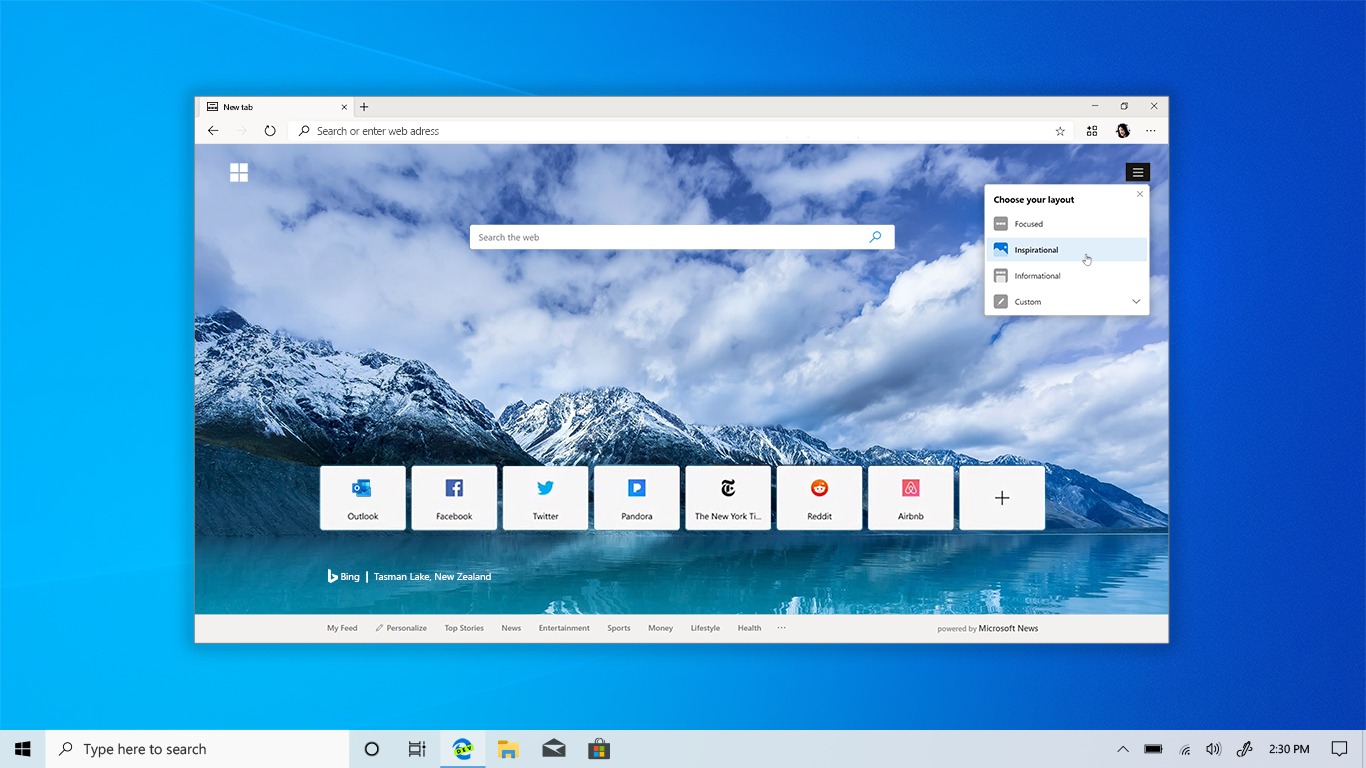
Microsoft Build 2019 has begun with a string of announcements that, according to experts, signal the death knells for Internet Explorer.
The announcements centred around Microsoft Edge, the shiny successor to IE that has so far failed to attract popular support, despite being installed on all computers running Windows 10.

Access deeper industry intelligence
Experience unmatched clarity with a single platform that combines unique data, AI, and human expertise.
Most significant was the move to the Chromium engine, which is the first time Microsoft has used open source software to underpin its browser offering. This is an unprecedented choice for Microsoft, which has required a dramatic overhaul not only of the software, but of the company’s entire development approach. This will, among other benefits, make Edge easier to develop for, reducing the number of sites that have issues on the browser.
“The announcement by Microsoft that the Edge web browser is moving to the Chromium engine is quite significant and indicates that Microsoft has embraced the concept of open source software and will likely leverage open source code in the future for additional major development projects,” commented Alex Heid, chief research officer at SecurityScorecard.
Notably, however, there was also the introduction of an IE View Mode that brings support to legacy applications on Internet Explorer. While a dry announcement, this has profound implications for business users because it removes the final reason that business has for sticking with IE: its software.
Did Internet Explorer die at Microsoft Build?
For enterprise users, Internet Explorer has become the software that just won’t die, despite the fact that, according to research by StatCounter, its total market share worldwide is now just 2.8%.

US Tariffs are shifting - will you react or anticipate?
Don’t let policy changes catch you off guard. Stay proactive with real-time data and expert analysis.
By GlobalDataWhile at home the vast majority of us abandoned IE in favour of Chrome many years ago, at work ancient applications that will not run on any other browser have kept many of us tethered to the ageing system.
But with the introduction of IE View Mode, workplaces can finally run those tedious bits of enterprise software on a modern browser – Edge – removing the final reason to keep with IE. And according to Heid, it’s a sign that Internet Explorer is not long for this world.
“The shift indicates the full retirement of the antiquated and vulnerable Internet Explorer web browser,” he said.
“The use of Internet Explorer by the average personal computer user has pretty much vanished, as Microsoft no longer includes the software within new versions of Windows.
“However, the use of Internet Explorer legacy software is still quite common within the enterprise environment as there are many older applications that require the use of IE or related plugins.”
For Microsoft the move not only allows it to finally retire IE, but also encourages Edge to be viewed as the browser of choice for the modern enterprise.
Improving enterprise security
Notably, the combined retiring of IE and the shift to Chromium also provide significant opportunities for improved online security for businesses as – at least in theory – this will eliminate many of the exploits that have plagued the platform.
However, while this could offer improvements in the cybersecurity space, it may also present new risks.
“It will be interesting to see how the backwards comparability features play out in the wild as they relate to the use of client side browser exploits and other legacy/enterprise software client side attack vectors,” said Heid.
“While it can be presumed that many of the common exploitable vectors in IE are now gone due to the use of the Chromium engine – it is always possible (and likely) that new vulnerabilities will emerge that did not previously exist, and attack methods will evolve to make use of these new features in ways that were not intended or anticipated during development.
“Backwards compatibility is oftentimes a vector that allows for exploitation of ‘updated’ software.”
Microsoft Edge: Microsoft plays the privacy card
While Microsoft has found a way to get business users off IE and onto Edge, the factor that may ultimately lure many onto the company’s current browser is the updated privacy settings.
Instead of having to worry about permission management for every online site they use, Edge users can select from three levels: Unrestricted, Balanced and Strict, which place varying levels of restrictions on how third-party sites can track them.
While nothing about this is especially novel, the simple integration is likely to make this a popular feature, and allows Microsoft to present Edge as a modern option designed to tackle online concerns that were barely discussed back when its rival Chrome was gaining prominence.
It seems that the updated Edge browser is designed to re-attract the user numbers Microsoft once had through IE – both on the enterprise and consumer side – and killing off IE is essential to making this a reality.
Read more: The SAFE Network: A dark web-style solution to the online privacy problem







